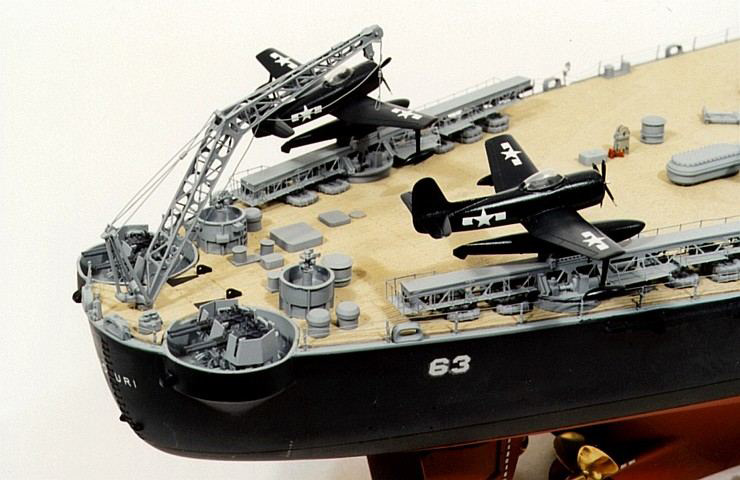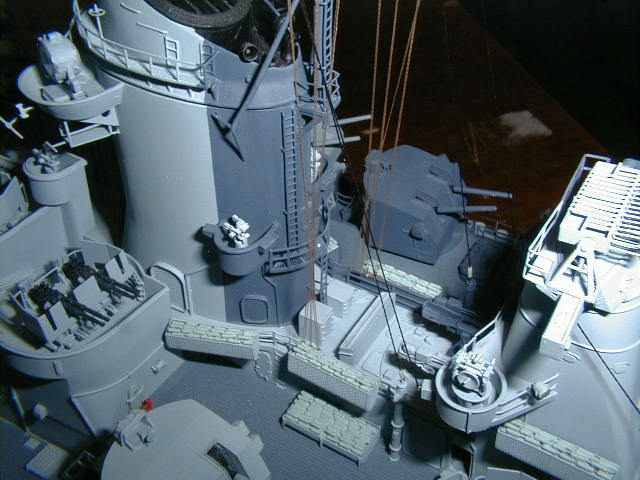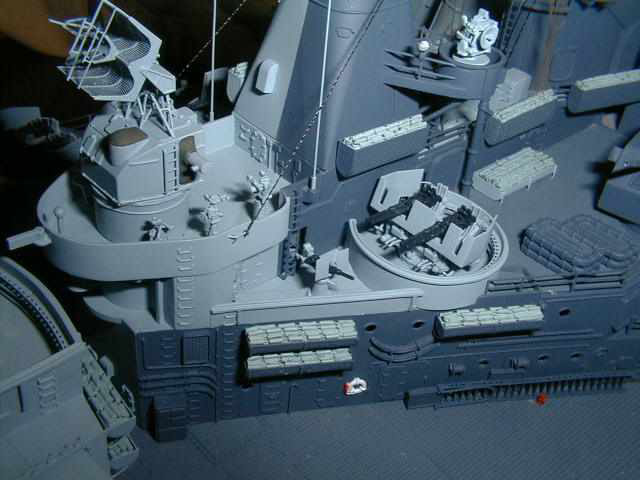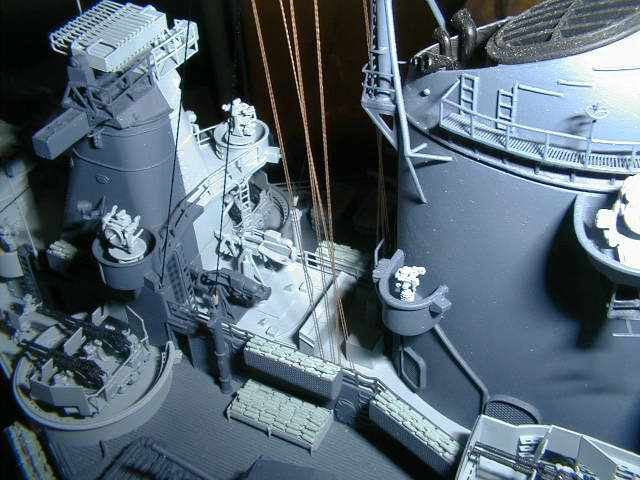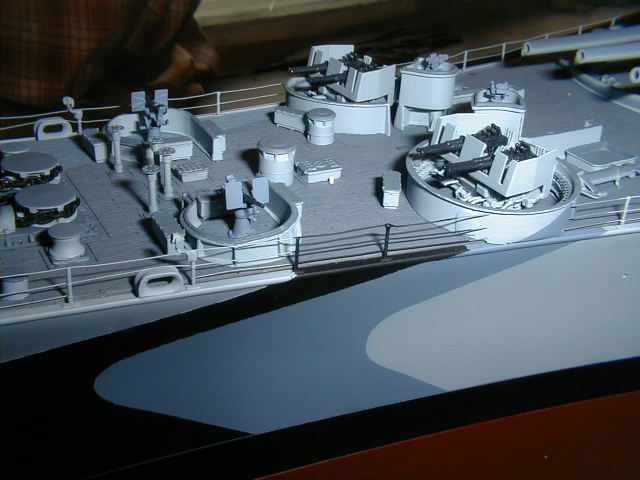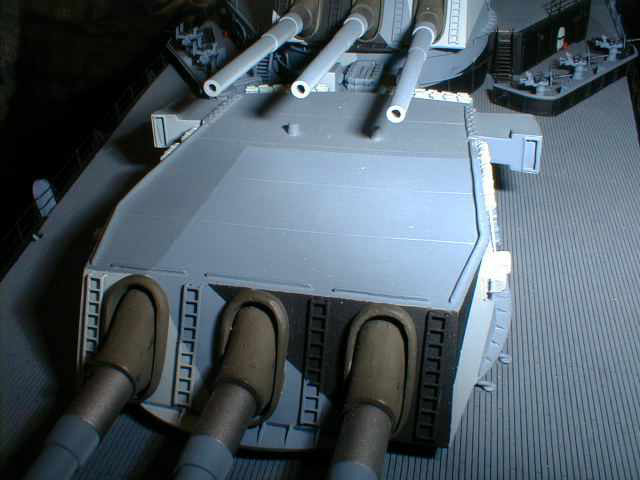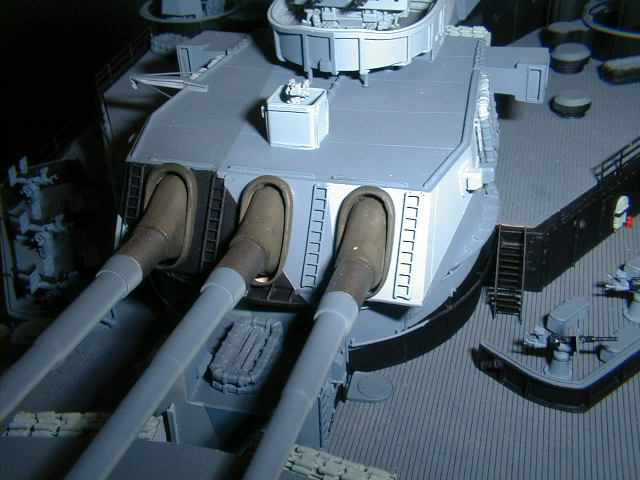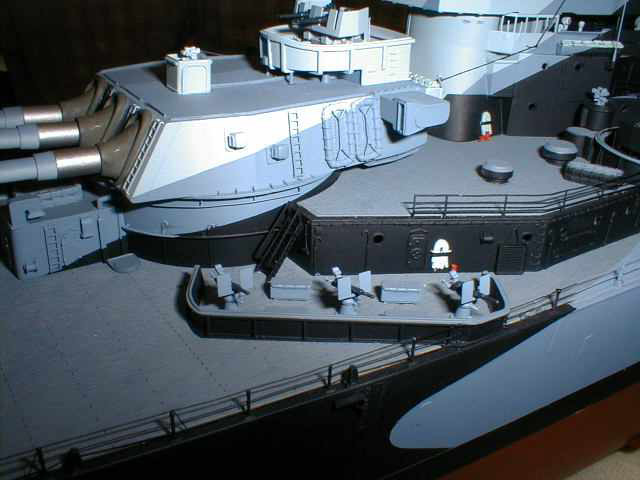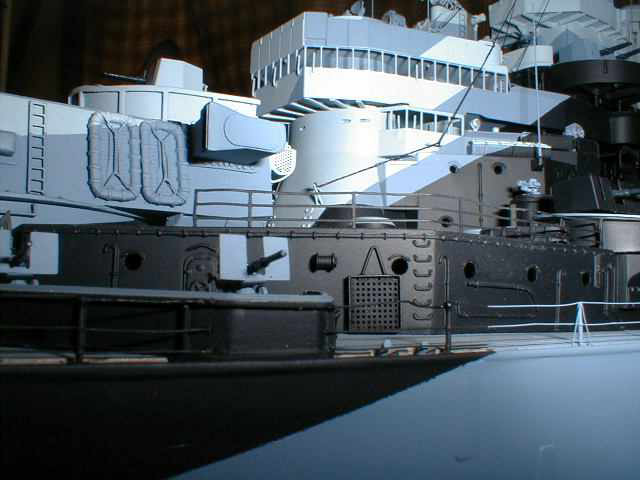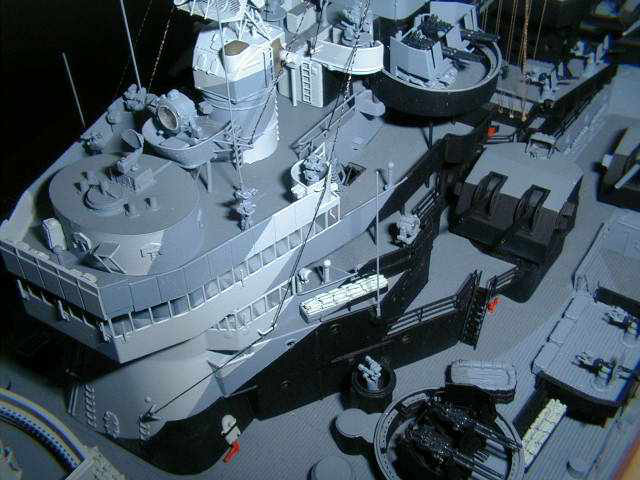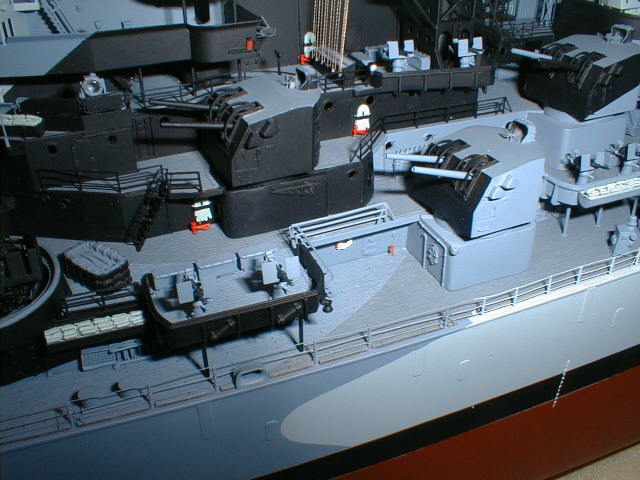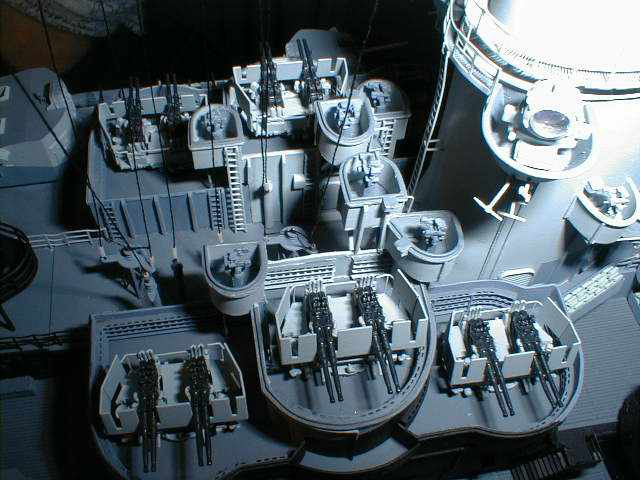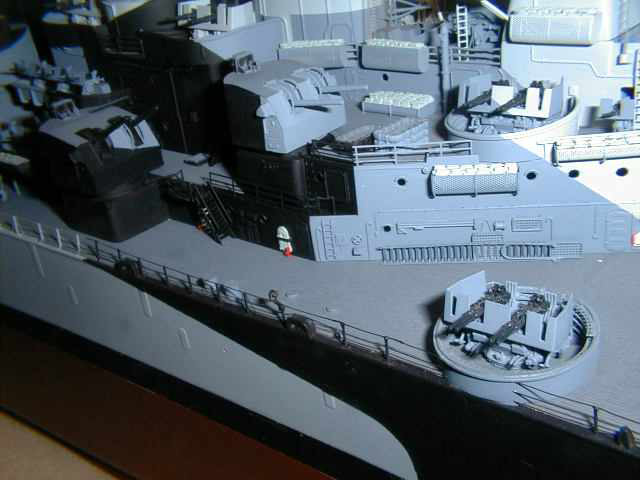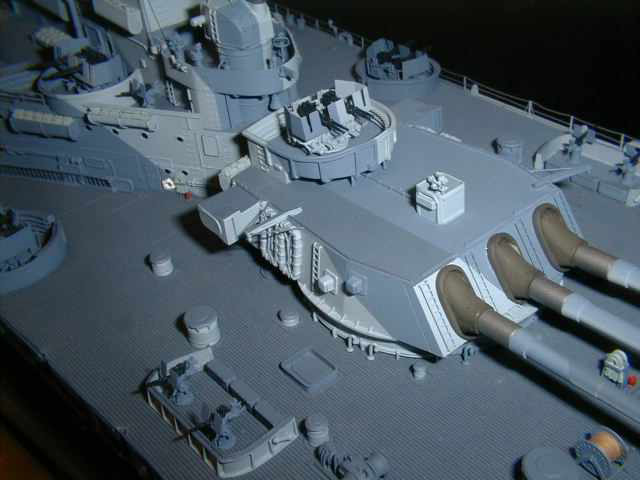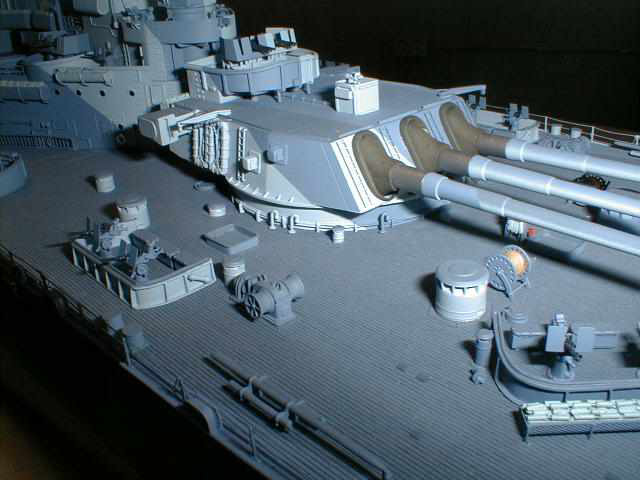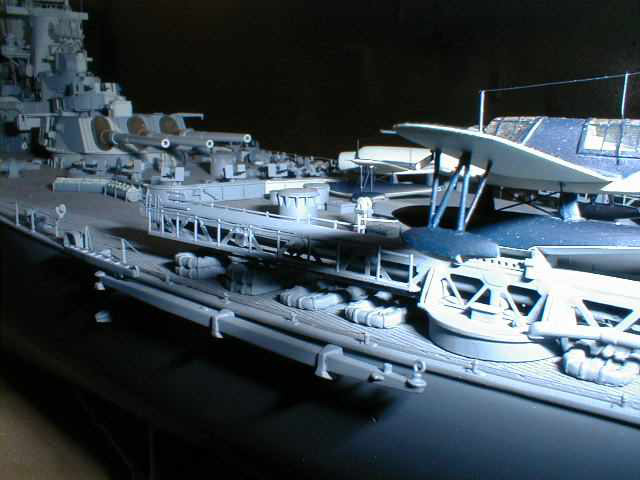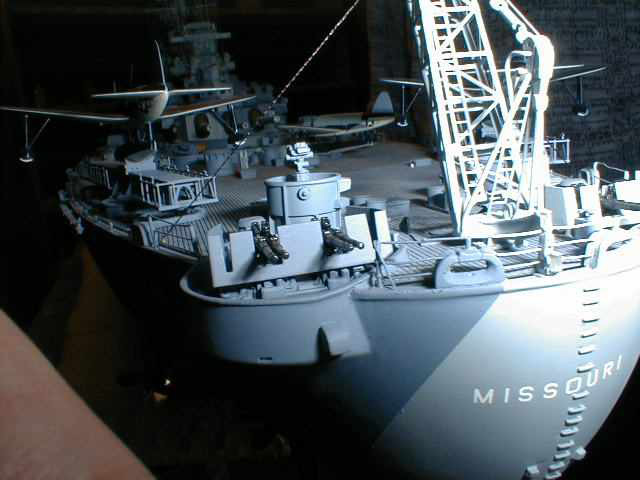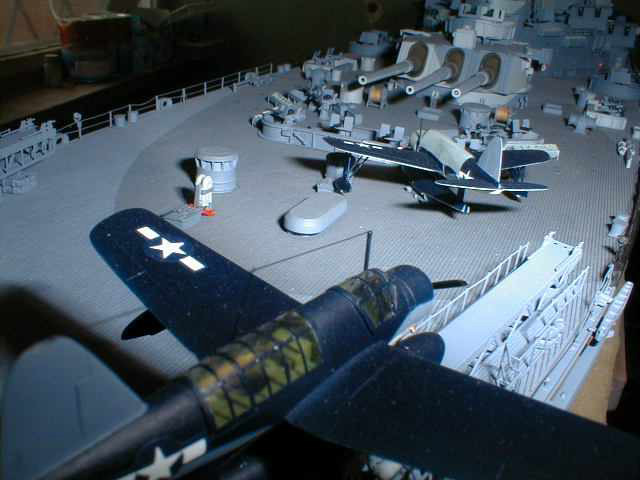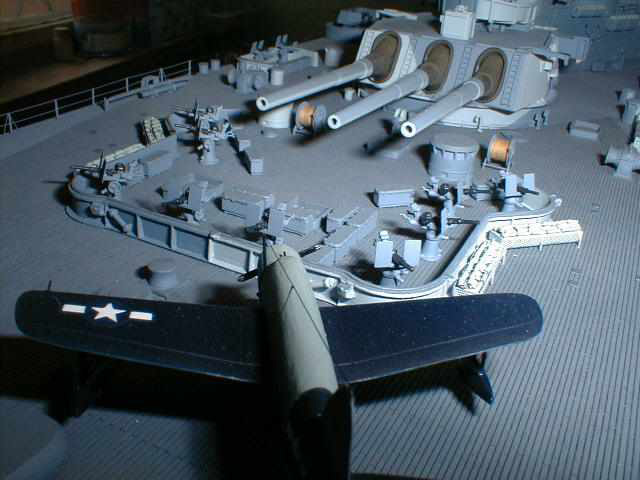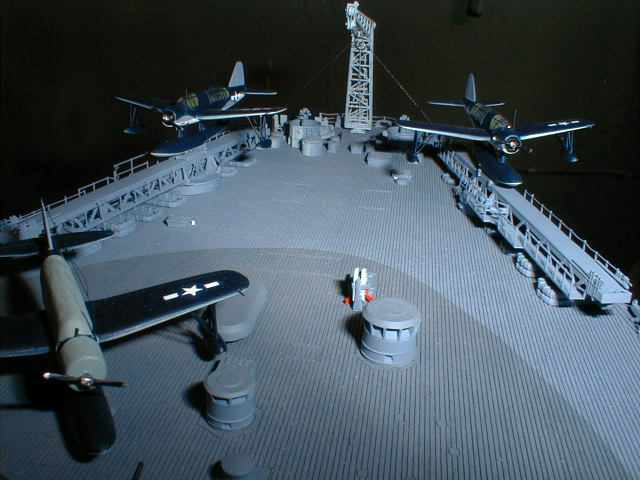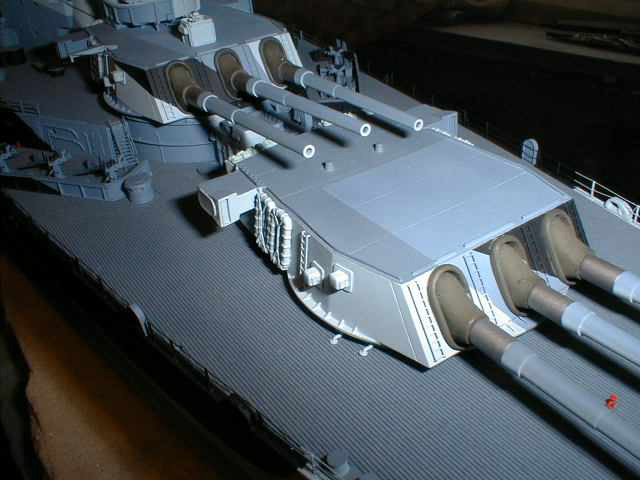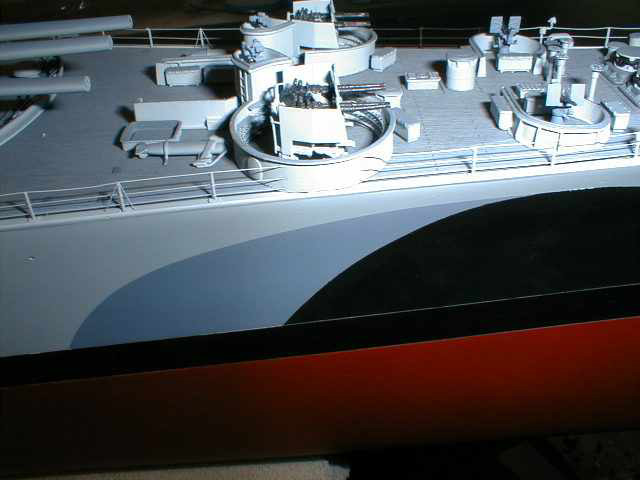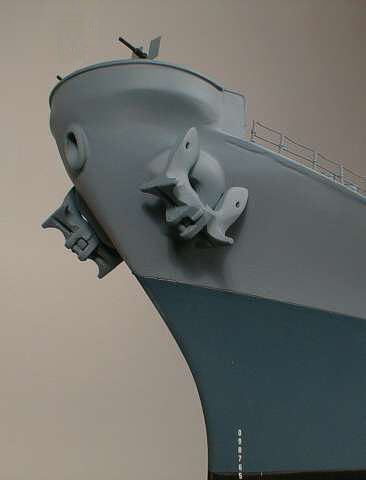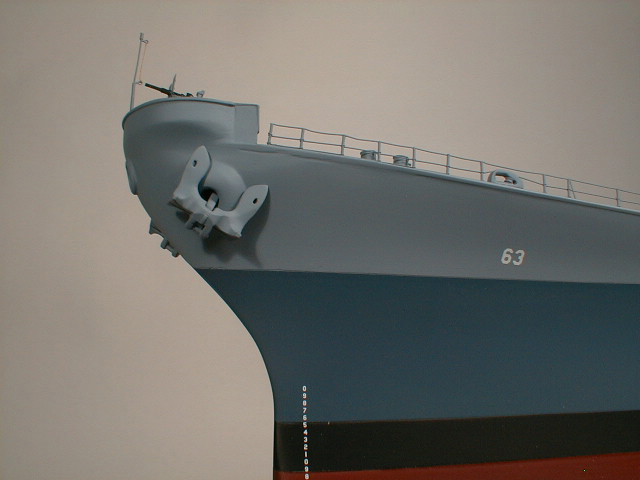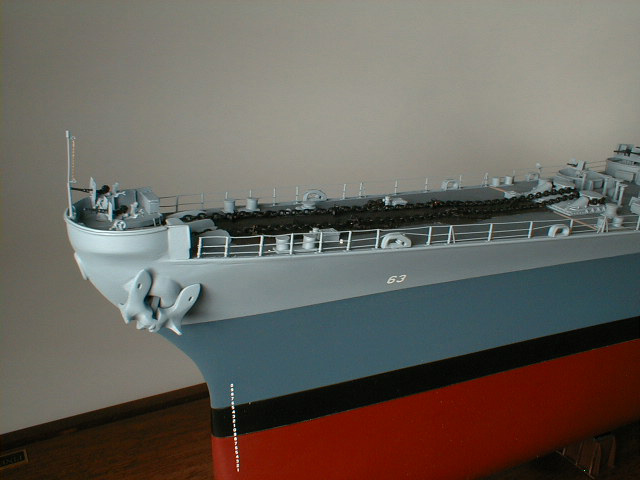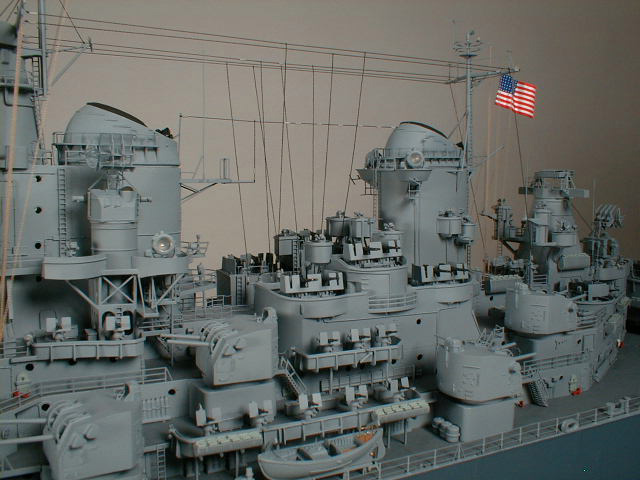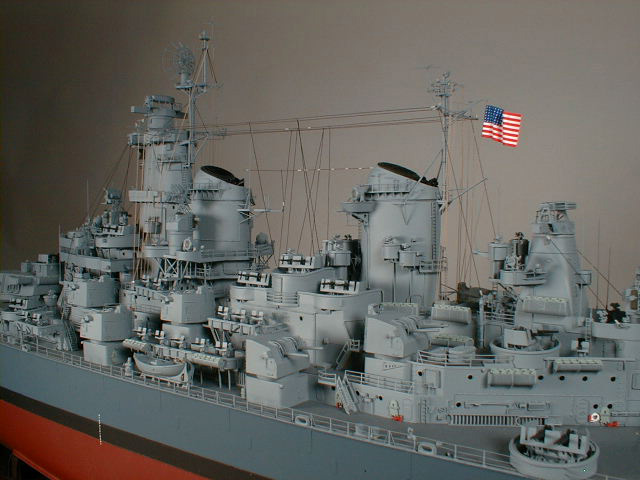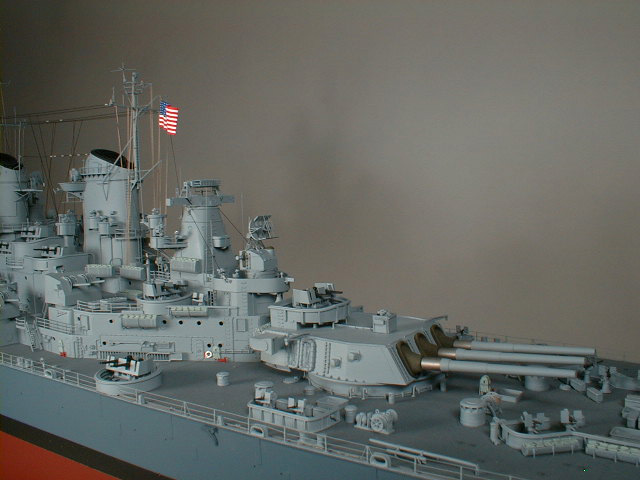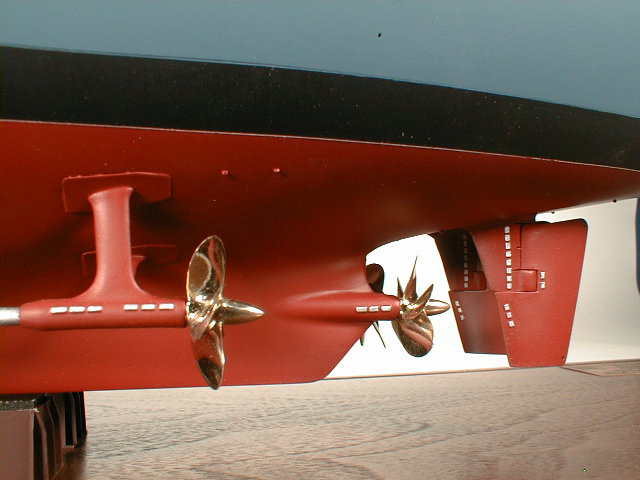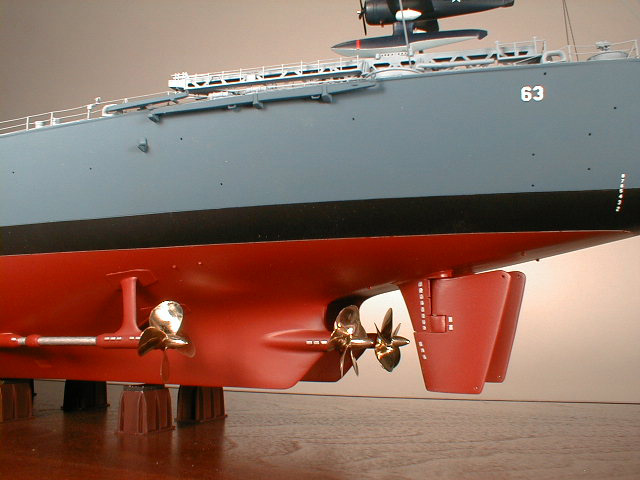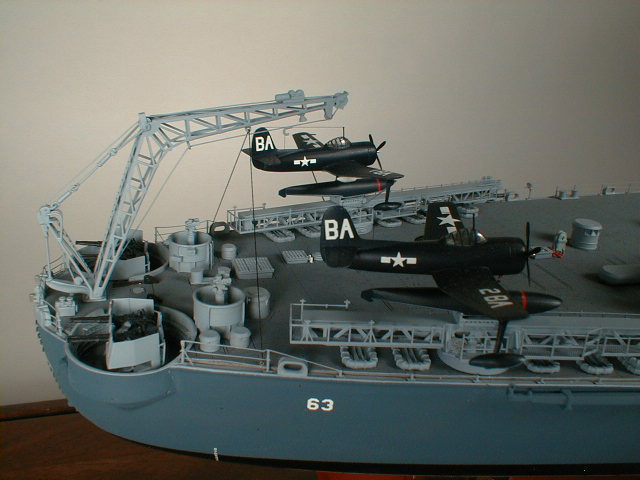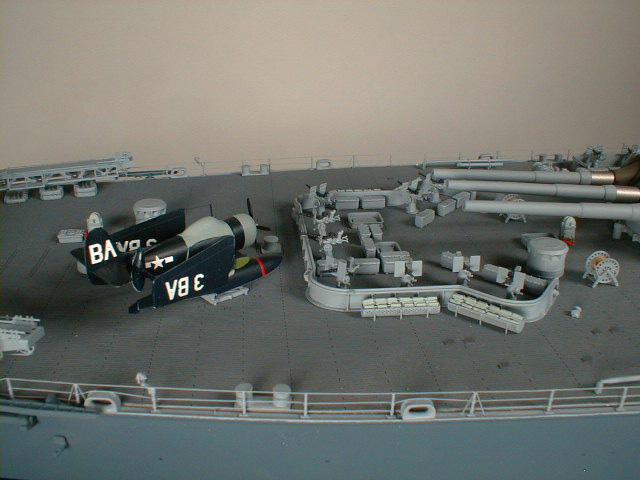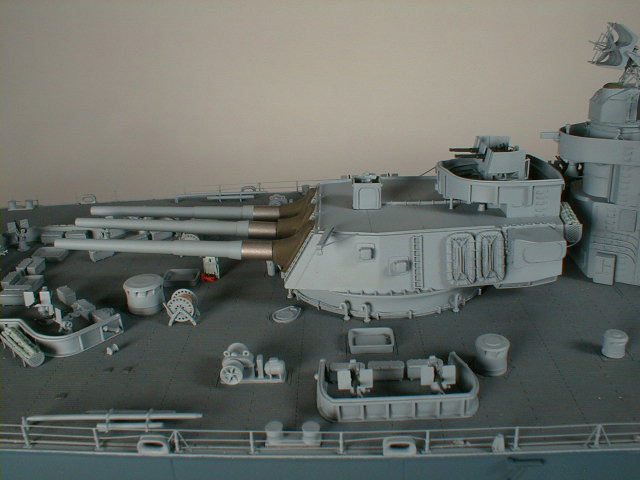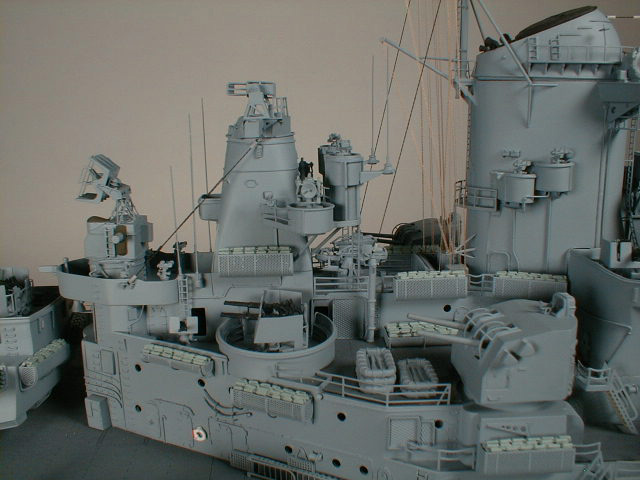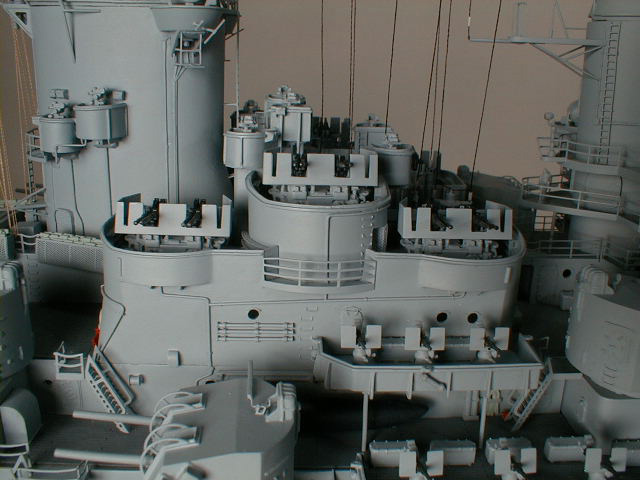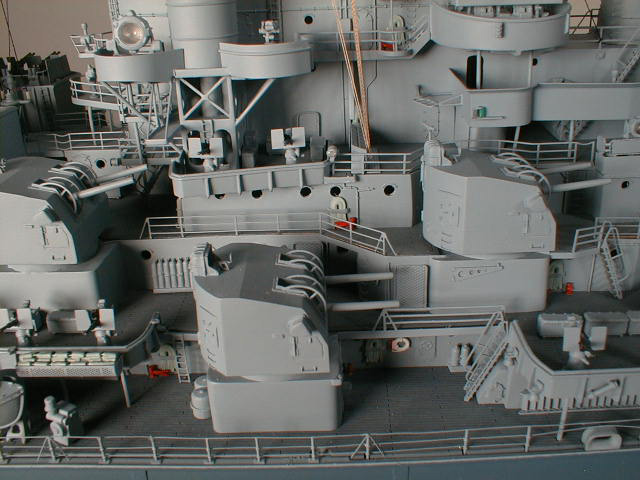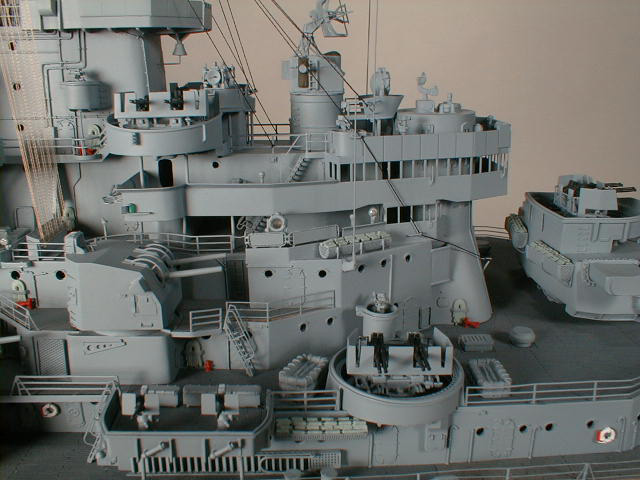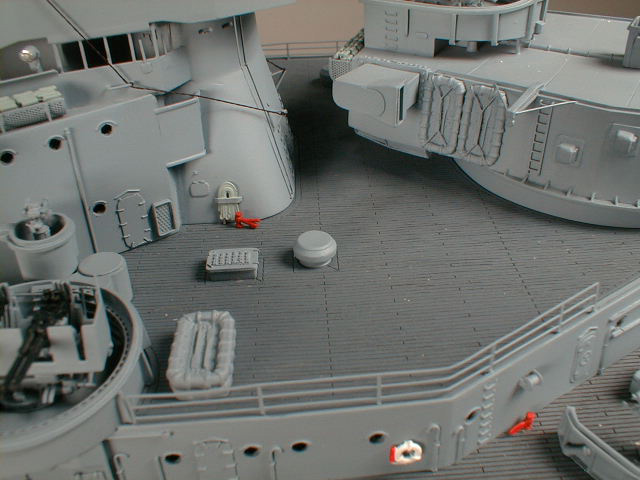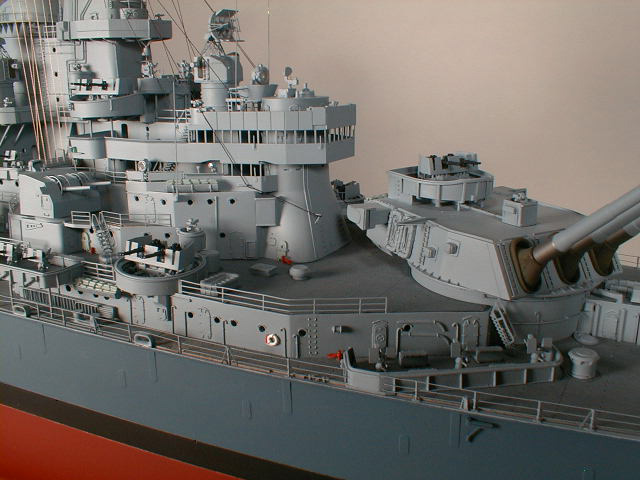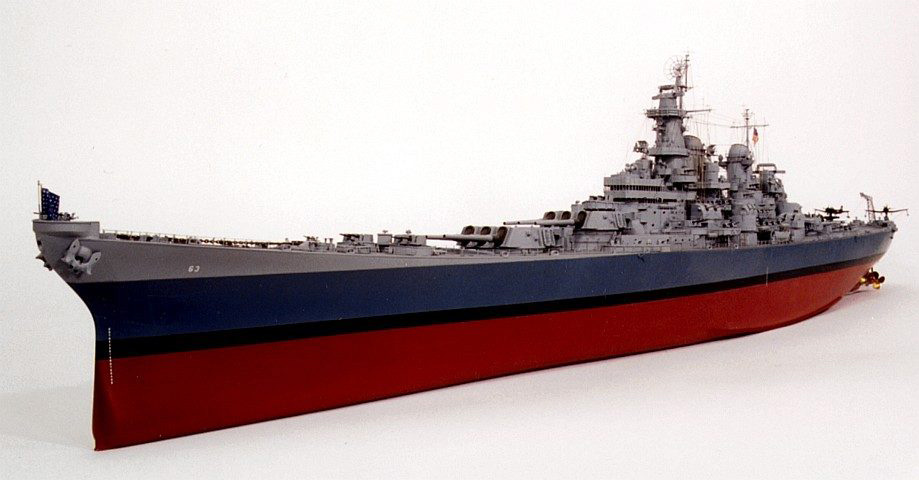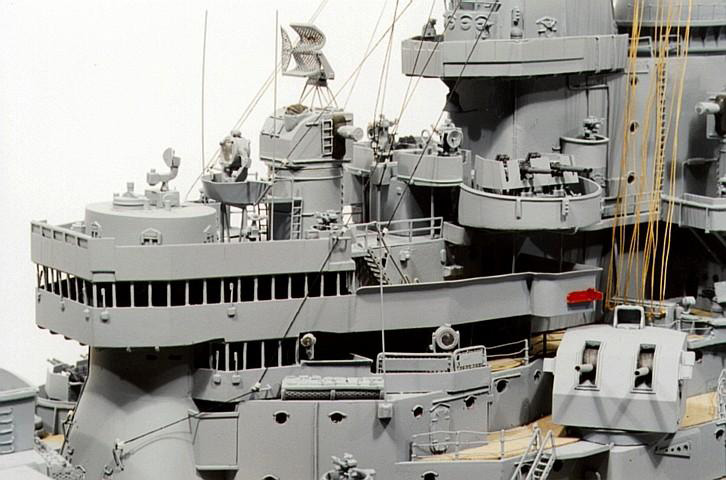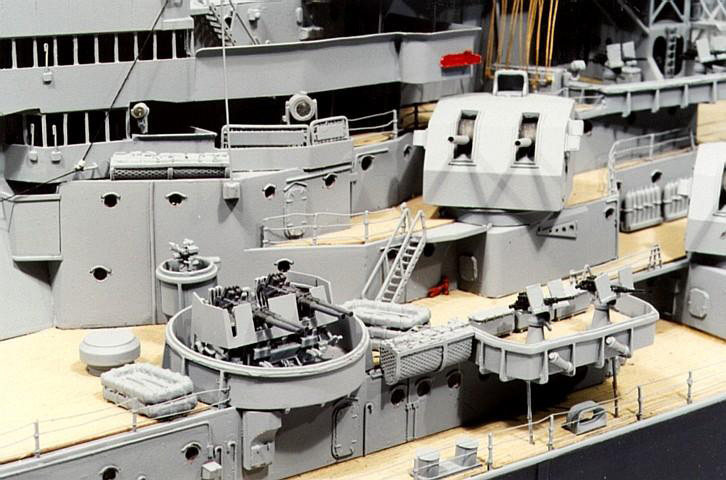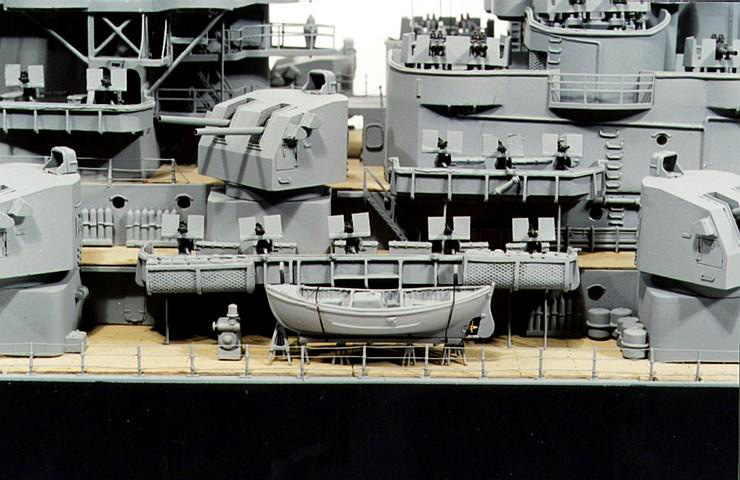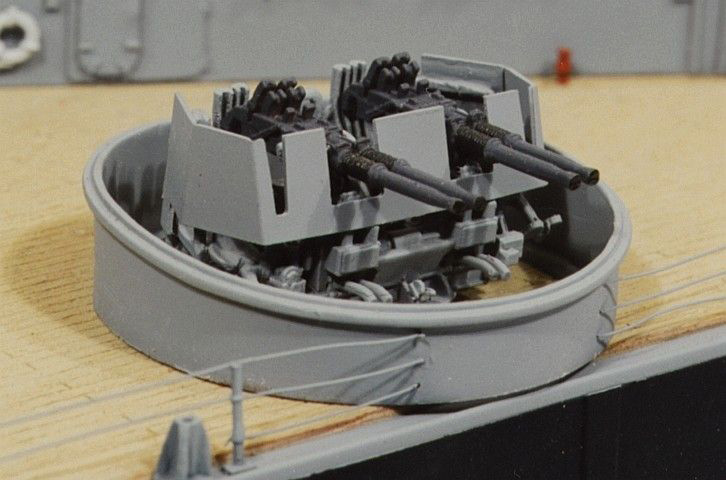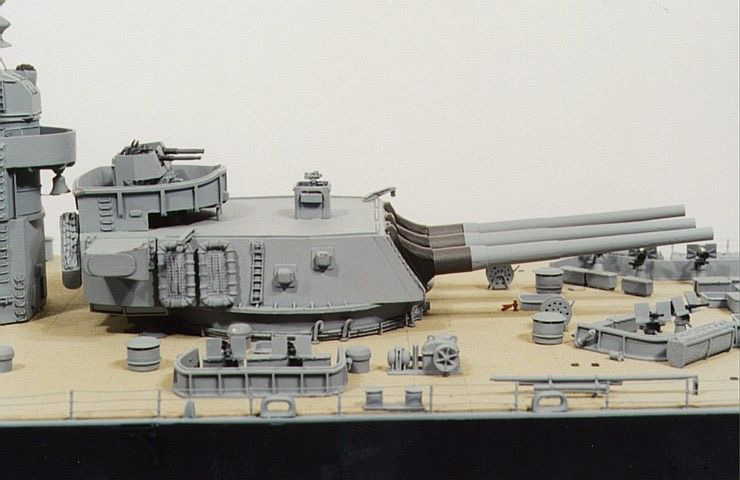Iowa Class
Iowa Class Battleship – USS Iowa
- Scale: 1:192
- Release: 1997
- Limited Edition: 50
- Model Size: 55”L x 7”W x 12”H
- Base Type: Black Walnut
- Base/Case Size: 60”L x 9”Wx 14”H
- Availability: Sold Out
Iowa Class Battleship – USS Missouri
- Scale: 1:192
- Release: 1997
- Limited Edition: 20
- Model Size: 55”L x 7”W x 12”H
- Base Type: Black Walnut
- Base/Case Size: 60”L x 9”Wx 14”H
- Availability: Sold Out
Iowa Class Battleship – USS New Jersey (not pictured)
- Scale: 1:192
- Release: 1997
- Model Size: 55”L x 7”W x 12”H
- Base Type: Black Walnut
- Base/Case Size: 60”L x 9”Wx 14”H
- Availability: Sold Out
Iowa Class Battleship – Wisconsin (not pictured)
- Scale: 1:192
- Release: 1997
- Limited Edition: 1
- Model Size: 55”L x 7”W x 12”H
- Base Type: Black Walnut
- Base/Case Size: 60”L x 9”Wx 14”H
- Availability: Sold Out
USS Missouri
Beginning in the early 1890s, the United States laid keels for 66 battleships. Of this total number, the navy completed 57 front-line battleships. The last four (4), differentiated by their long main deck and clipper bow, were the ships of the Iowa-Class.
In the early 1930s, battleship designers found they could not fit nine (9) 16-inch guns on an adequately protected hull displacing 35,000 tons (limits set at the 1921 Washington naval conference) and also steam with the fleet at 30 knots. But when Japan defected from all treaty agreements in 1936, the Americans turned to the development of such a ship.
As with all American warships, the width of the locks of the Panama Canal limited beam to about 108 feet, but a fast ship could still be designed within this constraint. The approach was to lengthen the bow significantly, yet preserve maneuverability through the unique tunnel design of the stern. The result was the Iowa class, with an overall length of 888 feet and a standard displacement of 52,000 tons. They had the most powerful propulsion system of their day at 212,000 shp, good for 33 knots. Six (6) ships were laid down and four (4) were completed. Of these, USS Wisconsin carried the highest hull number (BB 64), but USS Missouri was the last battleship completed for the US Navy.
Senator Harry Truman’s daughter Margaret christened Missouri in January 1944, and from November of that year she served in the Pacific. In September 1945, because she was named for President Truman’s home state, Navy Secretary James Forrestal suggested the Missouri be chosen to host the Japanese surrender ceremony.
Her career continued through many refits and modernizations until 1998, when she was retired to permanent display near USS Arizona in Pearl Harbor (you can read all about it in the 450 page book, “Battleship Missouri” by Paul Stillwell, that accompanies our model). But as the Missouri’s particular fame stems from its role in Tokyo Bay, we have chosen to model the ship as it appeared at that time.
Fine Art Models
Our 1:192 scale Missouri is 55″ long with a hull made of high-definition resin and superstructure made of hand-fabricated and photo-etched brass carefully soldered by master craftsmen. The deck is laser-etched wood and features every scale plank and hatch as they appeared on the real deck. The turrets turn and the individual metal 16-inch guns elevate. The radar units turn and the 5-inch guns turn and elevate as well.
No detail has been omitted from this model, from the painted life rings on the bulkheads to fire hoses and fire axles in their racks. If you look carefully at the airplanes on their catapults, you will see the antennae made with a human hair and the cockpit details in each plane. Every effort has been made to document the Missouri with exacting detail as she appeared on September 2, 1945.
Along with our model of the USS Arizona as she appeared December 7, 1941, these two magnificent ships signify the beginning and ending of a conflict that will always be a major part of American history.
